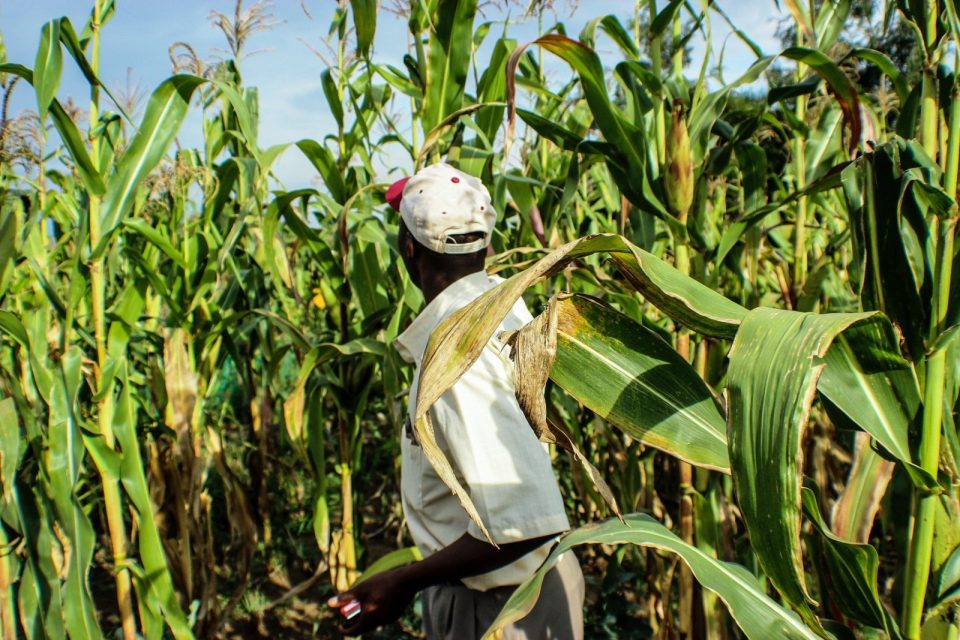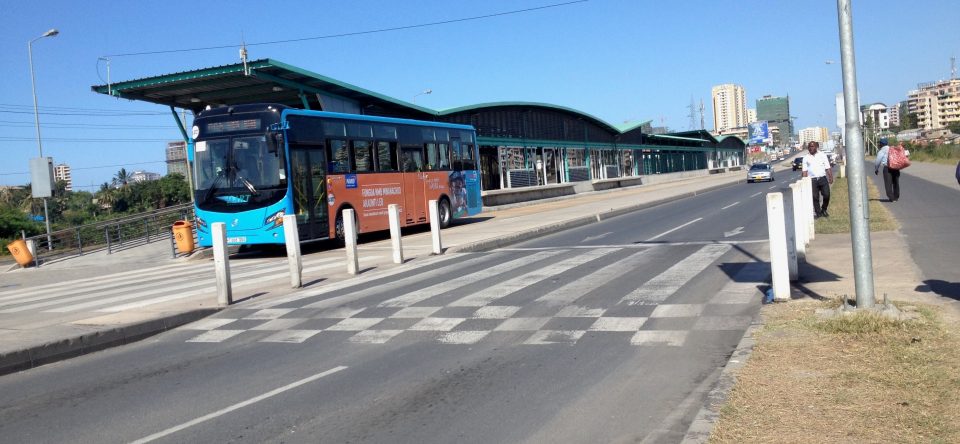Disaster communication beyond the state?

Over the last two decades, a number of cyclones and tropical storms have hit Zimbabwe with devastating effects. Expecting these events to happen even more frequently in the near future, a major emphasis is put on improving cyclone predictions and early warning systems. However, a main challenge appears to be in communicating the information about a potential cyclone to the affected communities. Drawing on ethnographic research in Chimanimani, Zimbabwe in the context of cyclone Idai, this article shows how a lack of information from official institutions led to the emergence of alternative communication networks. Yet, while these generally fit current trends towards bottom-up approaches and the increasing relevance of social media, the empirical insights also reveal some of the “darker sides” of informal disaster governance (Duda et al., 2020) [1]. In particular, we illustrate how a lack of trust in government institutions translates into a general mistrust among community members, further amplified by an unequal access and scepticism towards new communication tools, which severely hampers disaster communication. Overall, we therefore argue that community-based disaster communication, rather than mainly being celebrated as a successful expression of local dynamics independent from the state, offers important insights to better understand the intricate relationship between local communities and the government as it plays out in an emergency.



